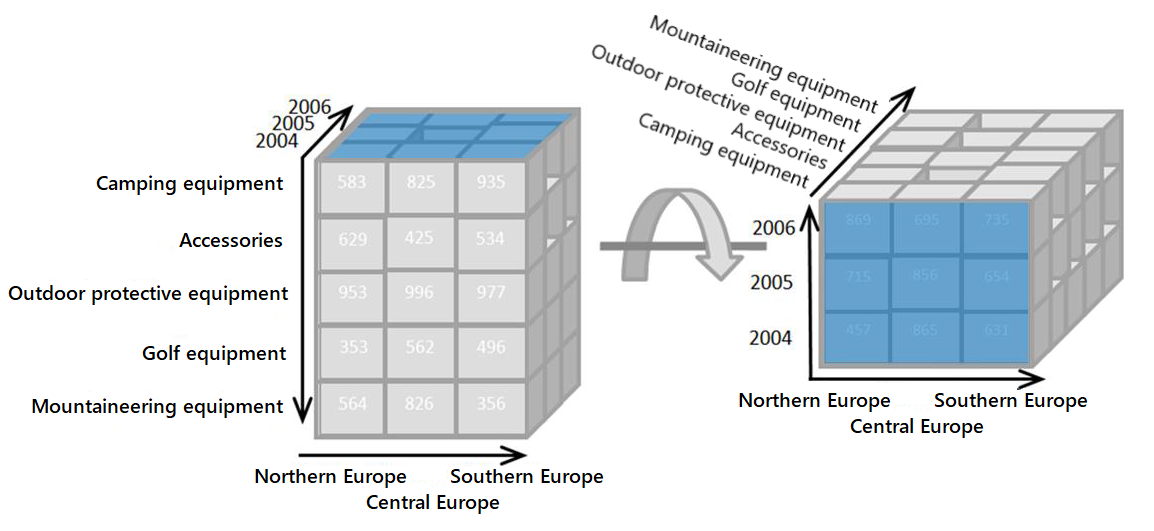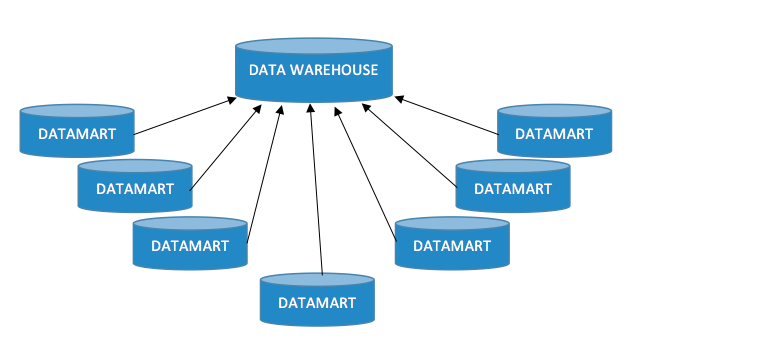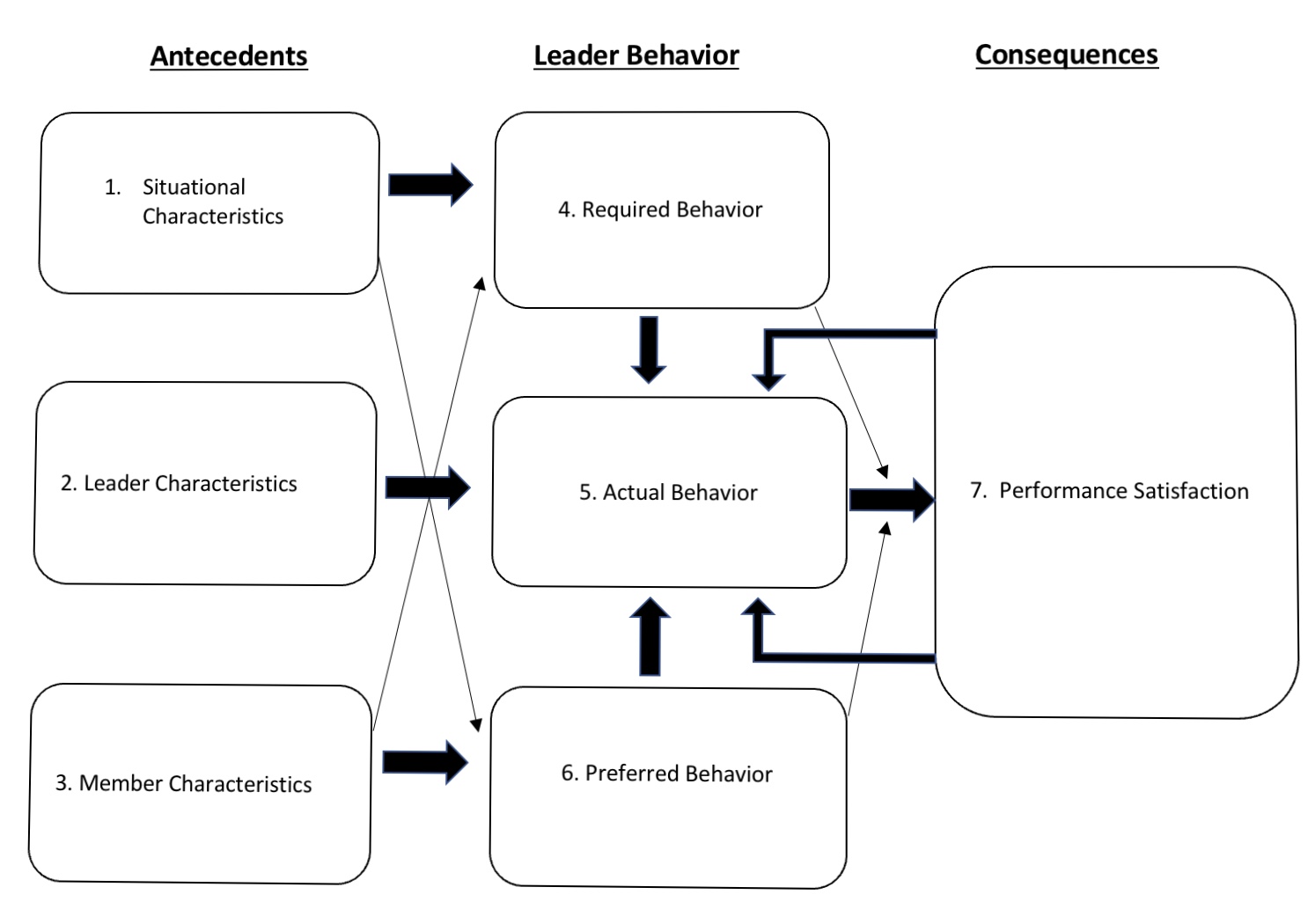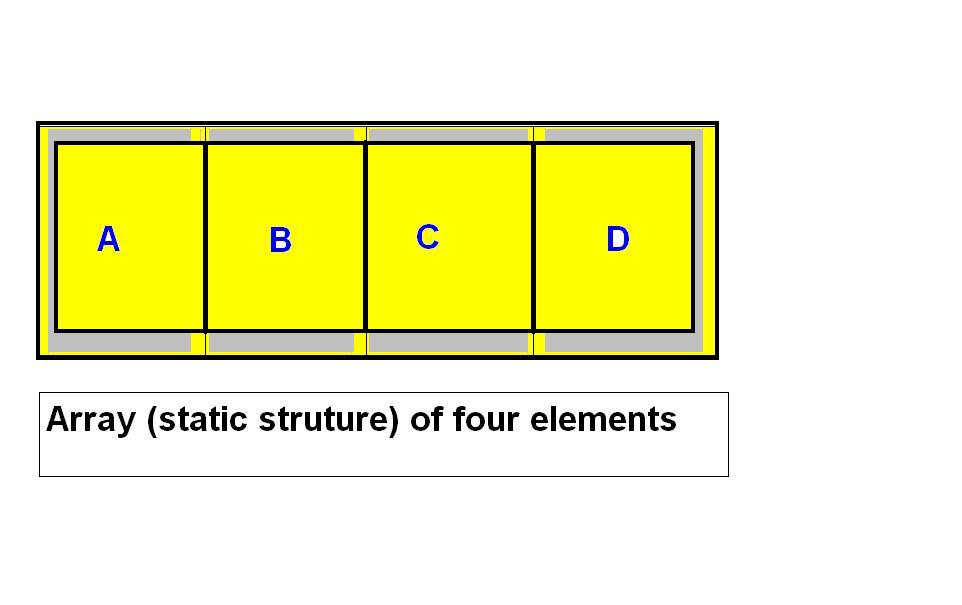What are data marts?
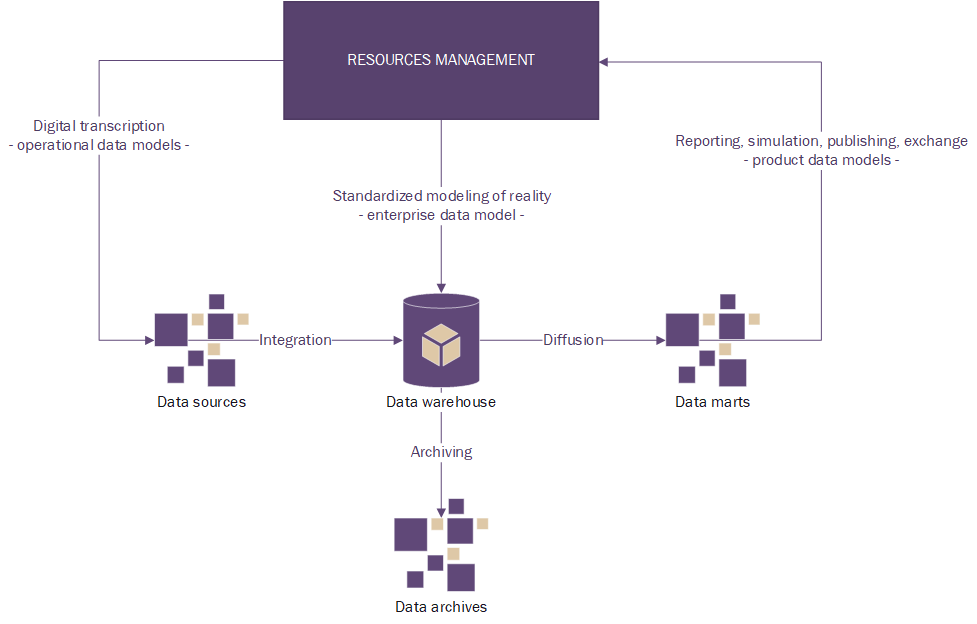
Data marts are subsets of a data warehouse, designed to focus on a specific business area or department. They provide a specialized repository that is optimized for the needs of particular groups within an organization, making data more accessible and relevant for specific analytical purposes.
Key Concepts of Data Marts
- Purpose: Data marts are created to meet the specific needs of a particular business unit or department, such as sales, marketing, finance, or human resources. They allow users in these areas to access and analyze relevant data more efficiently.
- Structure:
- Subset of Data Warehouse: A data mart typically contains a portion of the data from the larger data warehouse. It includes only the data relevant to the specific business area it serves.
- Independent: Data marts can also be designed as standalone systems, independent of the central data warehouse, especially in smaller organizations or in cases where specific requirements make it more practical.
- Types of Data Marts:
- Dependent Data Mart: Sourced from a centralized data warehouse. It extracts and filters data from the data warehouse to provide specialized reporting and analysis.
- Independent Data Mart: Created without a central data warehouse, using data from various sources. It operates as a standalone system.
- Hybrid Data Mart: Combines elements of both dependent and independent data marts, integrating data from both the central data warehouse and other sources.
- Benefits:
- Focused Analysis: Provides data and tools specifically tailored to the needs of a department or business unit, enabling more relevant and detailed analysis.
- Improved Performance: Optimized for the specific queries and reports used by the department, leading to faster performance and reduced load on the central data warehouse.
- Enhanced Usability: Simplifies data access for users who may not be familiar with the broader data warehouse structure, making it easier to retrieve and analyze data.
- Design Considerations:
- Data Integration: Data marts integrate data from various sources relevant to the business area, ensuring that the data is comprehensive and useful.
- Data Modeling: Uses data models such as star schemas or snowflake schemas to organize data effectively for querying and reporting.
- User Requirements: Designed based on the specific needs and requirements of the end-users in the department, ensuring that the data mart addresses their particular analytical needs.
- Implementation:
- ETL Process: Similar to data warehouses, data marts use ETL (Extract, Transform, Load) processes to gather and prepare data. The data is extracted from various sources, transformed to fit the data mart’s schema, and then loaded into the data mart.
- Access Tools: Data marts often include tools for querying, reporting, and analyzing data, such as business intelligence (BI) tools or dashboards.
Examples of Data Marts
- Sales Data Mart: Focuses on sales-related data, including sales transactions, customer information, and product details, to support sales analysis and reporting.
- Finance Data Mart: Contains financial data such as budget, expenditures, and financial performance metrics, used for financial reporting and planning.
- Marketing Data Mart: Includes data on marketing campaigns, customer behavior, and market research, helping to analyze marketing effectiveness and strategy.
How Data Marts come into Existence?
Data marts come into existence through a process that involves planning, design, and implementation, tailored to meet the specific needs of a business unit or department. Here’s a step-by-step overview of how data marts are created:
**1. *Identifying Needs and Objectives*
- Business Requirements: Determine the specific needs and objectives of the department or business unit that the data mart will serve. This includes understanding the types of data needed, reporting requirements, and key performance indicators (KPIs).
- Scope Definition: Define the scope of the data mart, including which data sources will be included and how they will be used.
**2. *Designing the Data Mart*
- Data Modeling: Create a data model that organizes the data in a way that supports efficient querying and reporting. Common models include star schema and snowflake schema.
- Star Schema: Features a central fact table (containing quantitative data) connected to dimension tables (containing descriptive data).
- Snowflake Schema: Similar to the star schema but with normalized dimension tables, reducing data redundancy.
- ETL Design: Plan the Extract, Transform, Load (ETL) process to gather data from various sources, transform it into the required format, and load it into the data mart.
- Data Integration: Design how data from different sources will be integrated and how it will fit into the data mart schema.
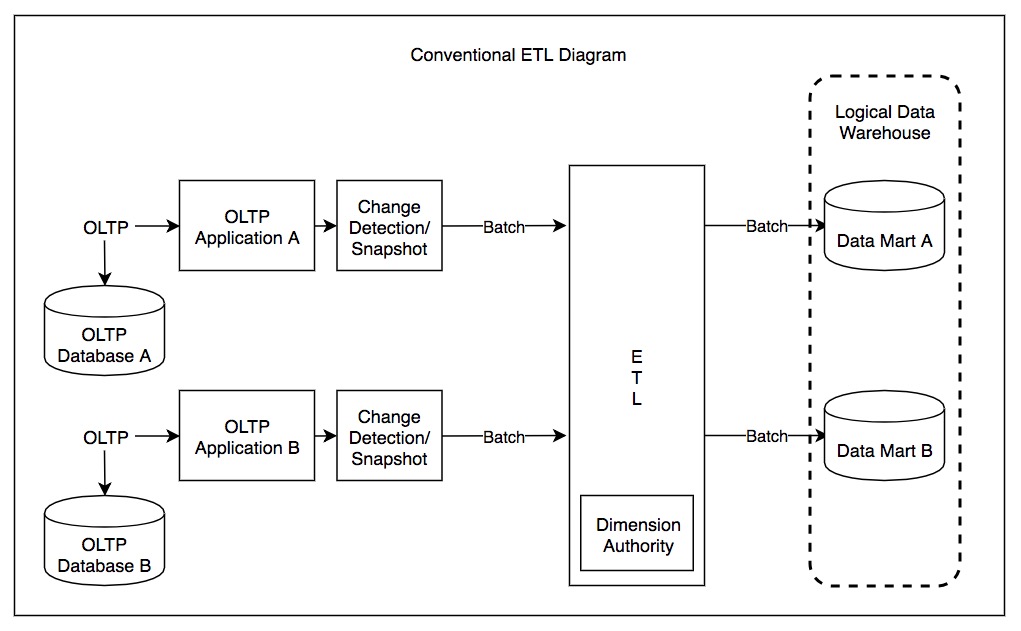
**3. *Data Extraction and Transformation*
- Data Extraction: Extract data from the relevant source systems, which may include databases, operational systems, external data sources, and other data repositories.
- Data Transformation: Transform the extracted data to ensure it is clean, consistent, and formatted according to the data mart’s schema. This may involve data cleansing, normalization, aggregation, and other processing steps.
**4. *Data Loading*
- Loading Data: Load the transformed data into the data mart. This involves populating the fact and dimension tables with the processed data.
- Incremental Loading: Implement processes for updating the data mart with new or changed data on a regular basis, ensuring the data remains current and relevant.
**5. *Deployment and Access*
- Deployment: Deploy the data mart to the end-users. This involves making the data mart accessible to the department or business unit it serves.
- Access Tools: Implement tools for querying, reporting, and analyzing the data, such as business intelligence (BI) tools, dashboards, or custom reporting applications.
**6. *Testing and Validation*
- Testing: Test the data mart to ensure that it meets the defined requirements, including data accuracy, query performance, and usability.
- Validation: Validate that the data mart provides the correct data and supports the intended analytical and reporting functions.
Also Read : What is Data Warehousing?
**7. *Ongoing Maintenance and Support*
- Monitoring: Continuously monitor the performance of the data mart to ensure it operates efficiently and meets user needs.
- Maintenance: Perform regular maintenance tasks, such as updating data, optimizing performance, and making adjustments based on feedback from users.
- Enhancements: Make enhancements to the data mart as needed to accommodate changing business requirements or to improve functionality.
**8. *Documentation and Training*
- Documentation: Document the design, ETL processes, data sources, and any specific configurations or customizations for future reference.
- Training: Provide training to users on how to access and use the data mart effectively, including how to create queries, generate reports, and interpret the data.
Conclusion
The creation of data marts involves a comprehensive process that starts with identifying the specific needs of a business unit and ends with deploying and maintaining a specialized repository for efficient data analysis. By focusing on the unique requirements of different departments or business areas, data marts enable targeted insights and support informed decision-making across an organization.
FAQ
1. What is a data mart?
A data mart is a subset of a data warehouse designed to focus on a specific business area or department. It provides a specialized repository for data that is tailored to the needs of particular users, making it easier to access and analyze relevant information.
2. What are the types of data marts?
– Dependent Data Mart: Sourced from a centralized data warehouse, extracting and filtering data to serve a specific business area.
– Independent Data Mart: Created without a central data warehouse, using data from various sources independently.
– Hybrid Data Mart: Combines data from both a central data warehouse and other sources.
3. What is the purpose of a data mart?
Data marts are designed to provide focused access to data for a particular business unit or department, enabling efficient querying, reporting, and analysis tailored to the needs of that area.
4. What is involved in the design of a data mart?
– Data Modeling: Organizing data using schemas such as star schema or snowflake schema to support efficient querying.
– ETL Process: Extracting, transforming, and loading data into the data mart.
– Data Integration: Combining data from relevant sources and ensuring it fits the data mart’s schema.
5. How do data marts support business intelligence?
Data marts enhance business intelligence by providing specialized, accessible data for analysis and reporting. They enable departments to generate targeted insights and make data-driven decisions based on relevant information.
